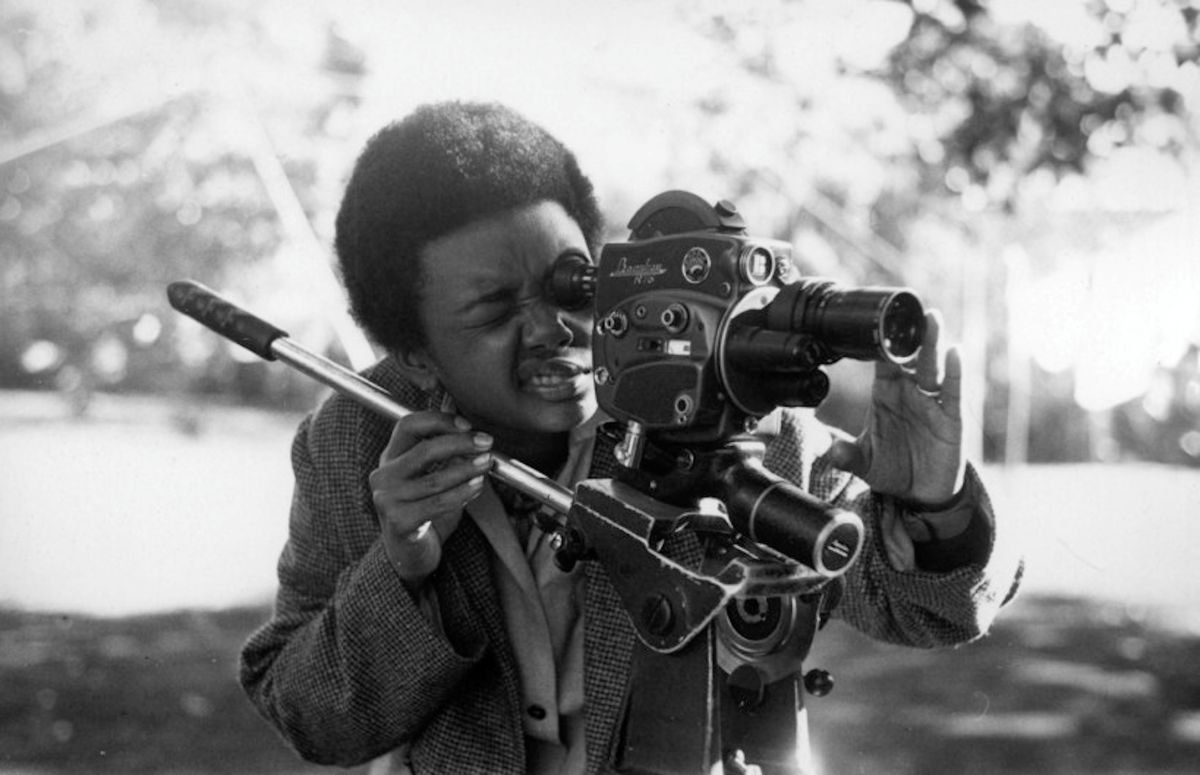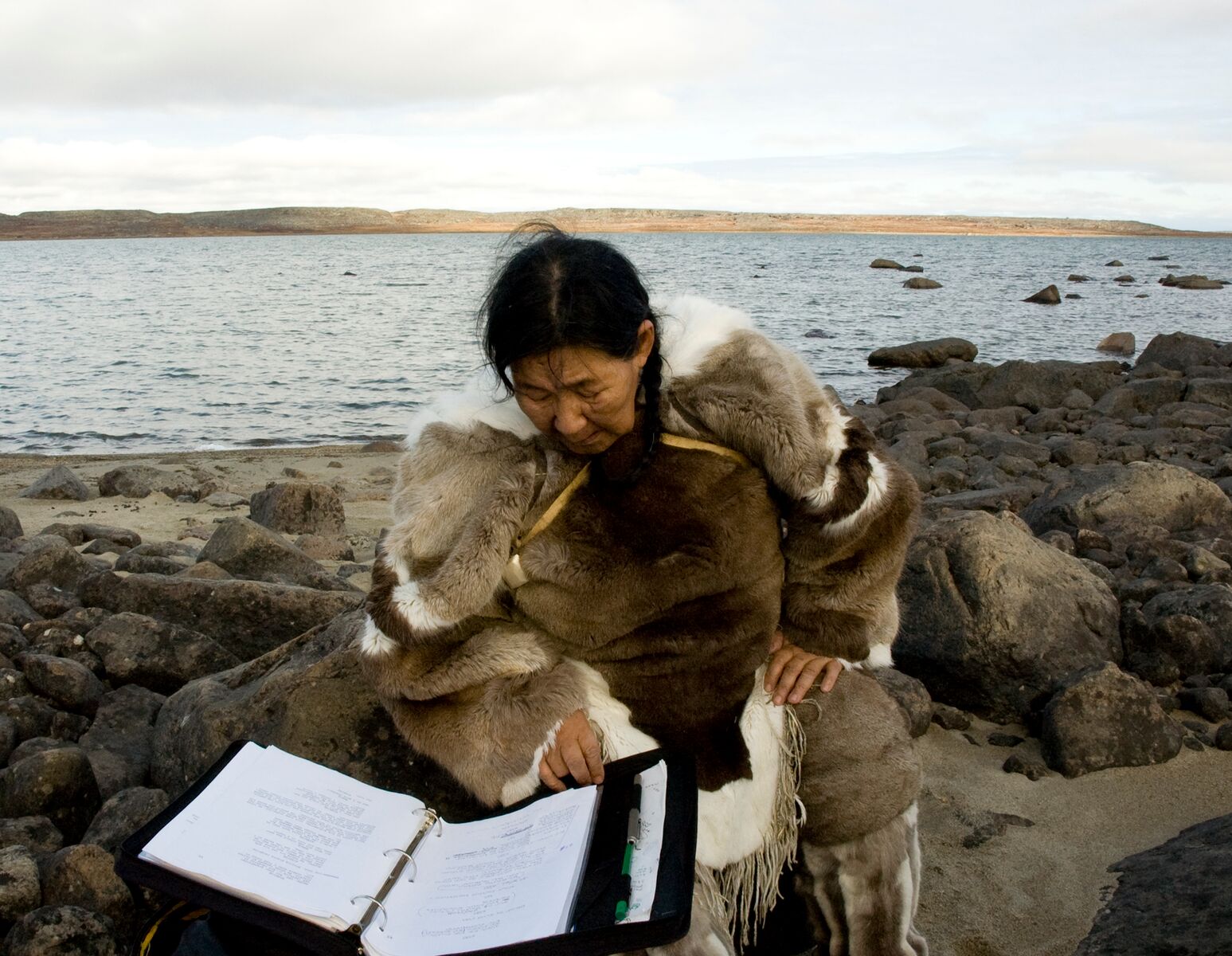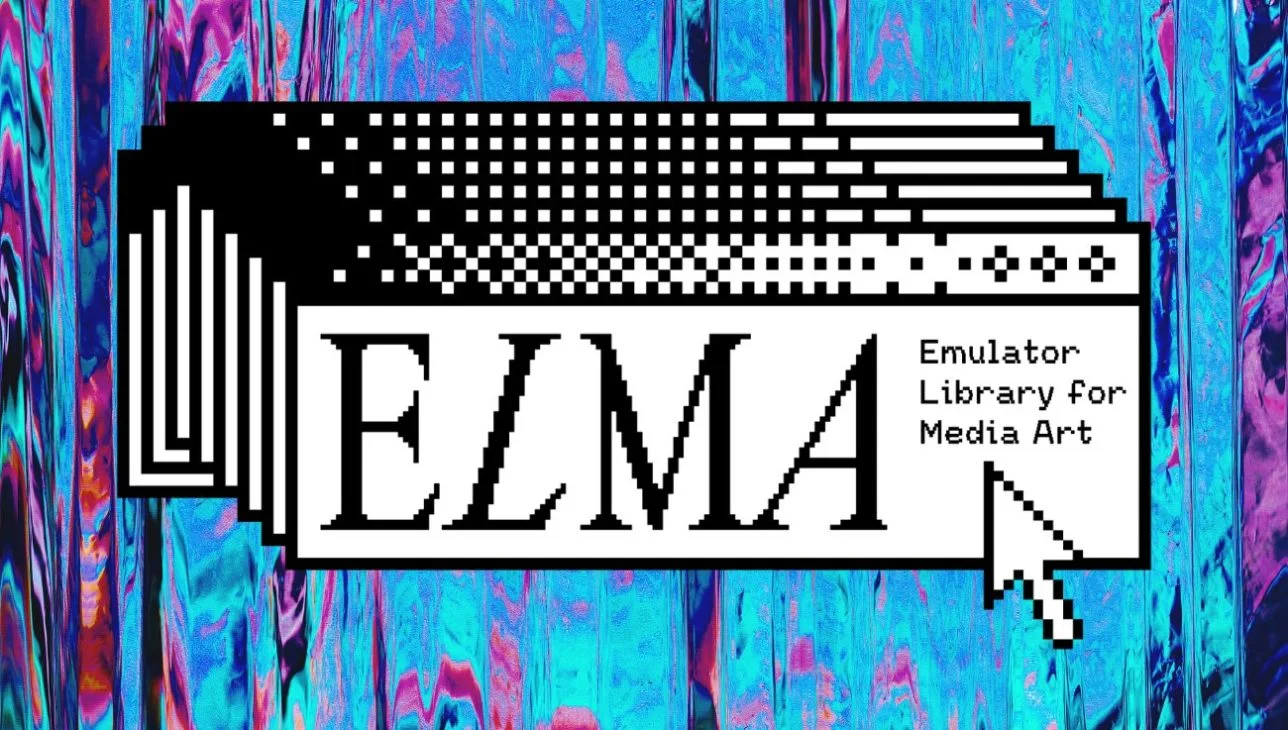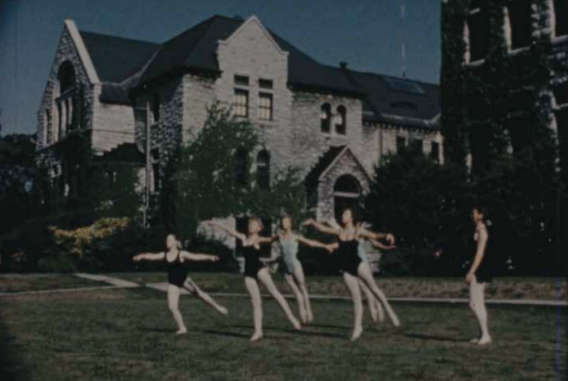
Featured Project:
Cinema of Sara GómezThe Afro-Cuban filmmaker Sara Gómez made 19 documentaries and a feature film in Cuba. Her films navigate complex experiences of social class, race, and gender by reframing revolutionary citizenship, cultural memory, and political value. Not only have her inventive strategies become foundational to new Cuban cinema and feminist film culture, but they also continue to inspire media artists today who deal with issues of identity and difference. The Vulnerable Media Lab has done the restorations of her documentaries and is the global distributor of her work.
See moreVulnerable Media Lab
The Vulnerable Media Lab (VML) is a state-of-the-art historic media transfer, remediation, and restoration research lab located in the Isabel Bader Centre for the Arts at Queen’s University in Kingston, Ontario. The Lab is involved in a variety of projects such as the Sara Gómez Project, the Kingston Film Heritage Project, the Arnait Digitization Project, the Digital Born Artworks Restoration Project (with artist Cheryl L’Hirondelle), amongst other client-focused projects with a focus on the digitization and restoration of various forms of media.
The work in the Vulnerable Media Lab is grounded in the understanding that audio-visual cultural heritage has been unequally cared for and that the cultural practices of women and Indigenous peoples are in particular need of a dedicated archival focus and framework.
A key objective of the project is to work with “born digital media” alongside a variety of “obsolete” and “marginal” media, all of which share their own kinds of material vulnerabilities. The researchers aim to develop methods and processes to ensure this media art history is preserved and made available according to culturally specific and ethically driven forms of access, thus engaging in new conversations about cultural heritage.

Featured project:
Arnait Inuit Women’s Video: Artists in Residence →Arnait Video Productions is the world’s leading women-centered Inuit filmmaking collective.
See moreLatest Projects
View all projects →
